Every prepper, regardless of his situation, be it a result of natural disasters, getting lost in the wilderness, or what have you, will have to face a variety of threats.
If you are forced to run into the woods and live in nature for a long time, there are a few enemies that can influence your chance of survival and threaten your continued existence. The following risks are the most common enemies you will have to face in the wilderness.
History has shown us that the survivor, in order to live, must have certain abilities. Wilderness survival requires you to learn how to cope with the following factors that will affect your well-being in one way or another. These enemies are pain, thirst, hunger, fear, fatigue, temperature, boredom and/or loneliness, and humans.
It is important to specify that not every survivor will face all these enemies, but at least one will present itself during a survival scenario. The survivor’s skills and knowledge in dealing with each of these risks will eventually determine the outcome of his or her predicament.
Let’s look at the risks one by one.
Pain
In a survival situation, pain may actually do more good than harm. Pain is your brain’s only way of informing you that your body has sustained some sort of damage and that you need to tend to that damage immediately if you wish to go on living.
However, there are also traumatic injuries like sudden dismemberment or deep tissue burns that may lead to shock to set it. In certain cases, your mind will refuse to accept what has happened to your body.
Pain can be classified as minor (annoying pain) that may be caused by blisters on your feet or major pain (insupportable pain) that is often caused by a compound fracture. Regardless of what level of pain you are feeling and what caused it, you have to deal with it quickly and efficiently.
In any survival situation, even a seemingly harmless wound can become a life-threatening condition in a short period of time. Let’s say you scratched your arms while running through dense vegetation. All those little wounds may turn into a dire emergency should you let them become infected.
You have to tend to all your wounds and other ailments the first chance you got since failure to do so may cost you more than you can afford. A person without emergency first aid skills set in an unknown environment will become a threat to his or her existence.
Thirst
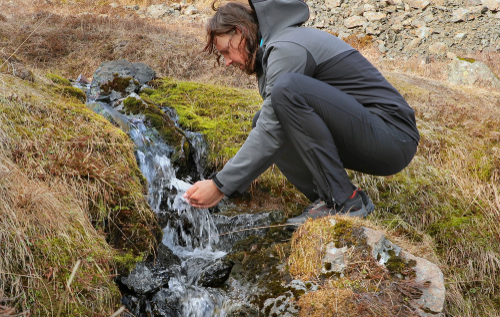
To function properly, the human body requires several quarts of water each day. Without water, the basic metabolic functions will slow down or stop functioning altogether. Figuring out how much water your body needs can be difficult, and in a survival scenario, it depends mostly on factors such as temperature, level of physical activity, humidity, and physical condition.
Failing to provide adequate quantities of water to your body will stop it from functioning. Finding and securing water becomes one of your main priorities in the wilderness. You need to have water since your body will lose it through a variety of means. Perspiration, exhalation, urination, and defecation are processes through which your body eliminates water. If you don’t replace the quantity discarded by your body, dehydration will set in.
The process of body dehydration is a serious physical ailment that some can face in an unknown environment. It’s perhaps the main risks you will have to face in the wilderness, and you need to spot the symptoms before it’s too late. Dehydration symptoms include headache, nausea, disorientation, and dark urine.
Hunger
Wilderness long-term survival may lead to food shortages and while you can function properly for a few days without food, it will become a necessity as time goes by. Now you can use skills such as hunting, trapping, and gathering, but these take time, and without a certain degree of knowledge and practice in the field, you won’t have the success you are imagining.
You have to become pretty good at obtaining food in the wilderness if you can’t return to civilization, and one rewarding skill is plant identification. The keen survivalist will learn to identify the flora in his living area long before SHTF when you will be required to put those skills to the test. You won’t have time to learn on the spot which plants are safe to eat and which can put you in an early grave.
If you are new to foraging, it will be mandatory to take advantage of the universal edibility test for all plants that you can’t positively identify. Remember, you cannot consume any other plants during this 24-hour test.
In the wilderness, mushrooms are a debatable food source since many of the more than 500 species of mushrooms growing in North America have toxic look-a-likes. Even more, most of the mushrooms you will find are mostly water with minimal nutritional value.
If you cannot absolutely positively identify the mushroom, you are considering eating. DO NOT EAT IT!
Hunting for the game can be very productive, though trapping is preferred. Why? Trapping is a skill that allows you to take care of other tasks important to your survival while the traps and snares that were set earlier are out in the bush doing their job.
Think of it like this, a hunter has to scout the area for the game, and long journeys may be required while setting a trap takes less time. When you set out multiple traps or snares, you have multiple hunters “hunting” for you.
You will learn that simplicity is almost always the best approach when setting a snare and that each game requires a certain type of snare. Trappers usually go with general-purpose snares, but this may be less effective than specialized ones.
Fear
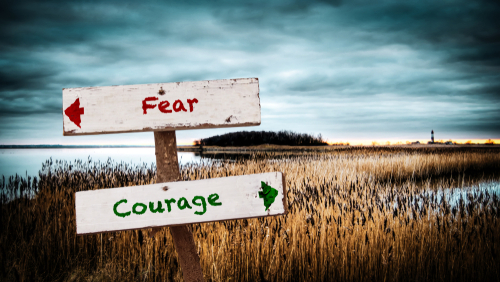
I learned in the army that fear can be a great catalyst, and it may force a victim into action. Combined with self-confidence, fear will trigger actions that may save a victim’s life. Without self-confidence, fear will make you execute erratic and dangerous moves.
You can only acquire self-confidence by managing two things — knowledge and experience. Without these, self-confidence will not begin to build within you.
Fear has been known to give way to a deadly outcome — panic, that sudden, unexpected, and overwhelming terror that destroys a person’s capacity for self-help. When panic sets in during a crisis, the could-have-been survivor is in mortal danger.
When you feel that hot, boiling sensation deep in the pit of your stomach and your mind begins to race, stop. Think. Make a decision. Trust yourself. Make that decision and stick by it. If it is the right decision, you will survive. If not, well, if not, then you will have no further worries.
Fatigue
Your body will signal you when it’s time to rest; otherwise, it will shut down. Fatigue is the only way to know that you have to rest. If the situation permits, you should stop and rest for a while. If you keep pushing yourself, it will lead to exhaustion, and an exhausted survivor will make dangerous mistakes. You will fail to recognize the risks listed in this article, and your future will become a constant unknown.
To avoid fatigue and exhaustion, you need to be in a decent (if not good) physical condition. If that’s not the case, you will not be able to do activities that may be needed in a survival situation. You may be forced to run, climb, or fight to save your life or the life of a loved one.
Picture this, you are hiking with your family, and one of your kids slips on a moss-covered rock and suffers a serious concussion. You may have to carry your kid or stabilize him to delay the effects of shock and go get help. Both scenarios require some serious physical activity. Will you be able to do it and save your kid?
Temperature
Temperature extremes can cause hypothermia or hyperthermia, and in the civilized world, we have the means to hinder the effects of heat and cold. In a wilderness survival situation, however, you may not have all the luxuries you are used to at home.
Knowledge of primitive shelter construction and fire building is mandatory for wilderness survival. An experienced prepper will be skilled in the art of shelter planning and construction under the most trying of conditions. His or her fire building skills must work against all the odds and regardless of the weather.
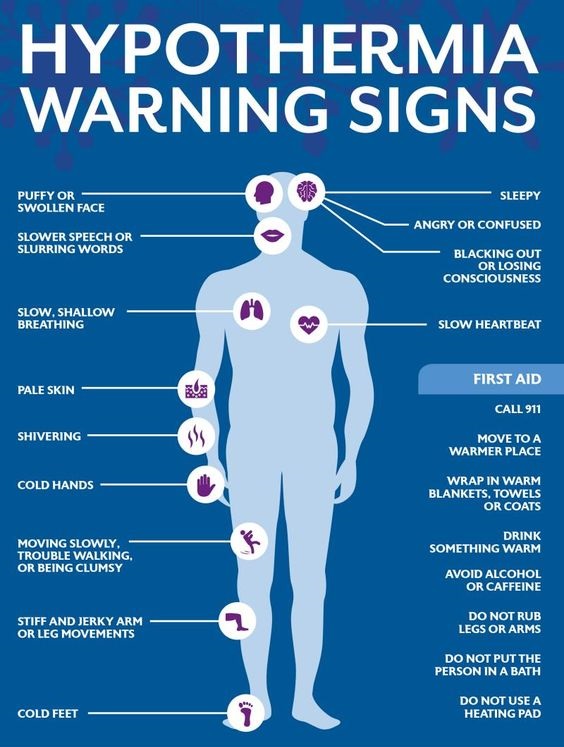
Extremes in temperature take the lives of weekend campers or hikers every year because they lacked the skills needed to save themselves. Don’t let this be you. When was the last time you tried planning and building a wind and rain resistant primitive shelter out in the bush?
How about starting a fire using primitive methods with minimal tinder, kindling, and fuel? These are lost arts, and you need to practice if you are to survive in the wild. Start today, because you may need them tomorrow.
Boredom and/or loneliness
This may not look like risks to some, but to your surprise, these are two of the most commonly experienced emotions during survival scenarios. Survivors often tell their rescuers of intense boredom during their ordeal. They state that there was absolutely nothing to do, and they couldn’t figure out how to shake that feeling.
However, when their survival situation was thoroughly examined, it was often found that from a surviving point of view, there were a lot of things that the survivor could have done to make his situation safer and eventually comfortable.
Here, once again, knowledge and experience play an important role. The survivor must constantly use his brain to figure out ways and means available to him or her to make survival possible. If you are bored or if you are feeling lonely, you lack a survivor mindset, and you are not using your main survival tool (your mind) to become productive.
Again we see that the risks of wilderness survival can be used to our advantage. If you acknowledge when boredom and loneliness begin to set in, you can use that very recognition as a tool of sorts to force you into action. Keep in mind that there is always something to be done in a wilderness survival scenario. Always!
Humans
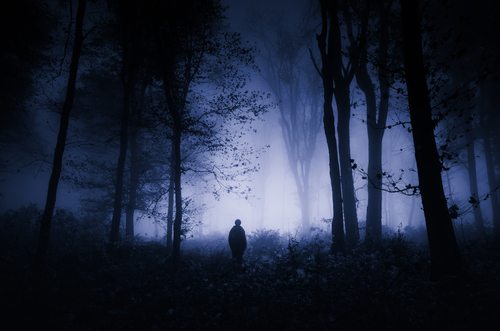
The human factor is an unpredictable risk in any kind of survival scenario regardless if you find yourself in the urban jungle or in the woods when SHTF. It is a risk with many unknowns, and the random behavior of fellow humans can often put you and yours in danger.
If you are forced to compete with other humans over the resources in a certain living area, the way you plan your every step and how you act in certain situations requires proper preparation and consideration. Keeping a low profile would be the smart thing to do, and every action you make should have a low impact on the environment around you. Now I’m not saying that you will be tracked by others like you would be fair game, but you should use common sense when handling yourself in nature.
Let’s look at a few examples of how to keep a low profile when living in the wilderness with other humans in your vicinity.
When it comes to hunting, you should use methods that would make less noise. For example, using a firearm might not be the best idea, and you should stick to more primitive tools like a bow and arrows or perhaps even a spear if you are familiar with ambush hunting. Even more, you should stick to trapping rather than hunting since you have better odds of succeeding.
Using light sources should also be carefully considered since you may end up turning your campsite into a beacon of light and hope for those wandering in the woods. Since most probably, you will stick to making a campfire every now and then, learn how to make a campfire that helps you conceal the source of light (ambers, flame, etc.). The Dakota hole and Snake hole campfire designs are recommended if you want to keep a low profile.
Cooking your food is another task that requires common sense and a little bit of preparation. First of all, you should be picking your food preparation and cooking hours based on how the average human functions or better said when they are less active. Cook your food when REM sleep settles in for the average Joe and use means of cooking that produce less smoke and odor.
There are many aspects that have to be considered if you want to avoid human interaction during a survival scenario, and putting enough distance between you and the civilized world, is just the first step.
Concluding
The survival risks listed in this article are something to ponder on if you plan for extended or long-term survival in the wilderness. While you may not necessarily have to deal with all of them, at least a few are bound to cause certain problems as time goes by. Preventing such risks requires not only experience in the field, but also a certain mindset and a lot of common sense. I strongly believe that we can learn from our mistakes, but you may not have the luxury of making mistakes in the wilderness. Always plan ahead and think before you act!


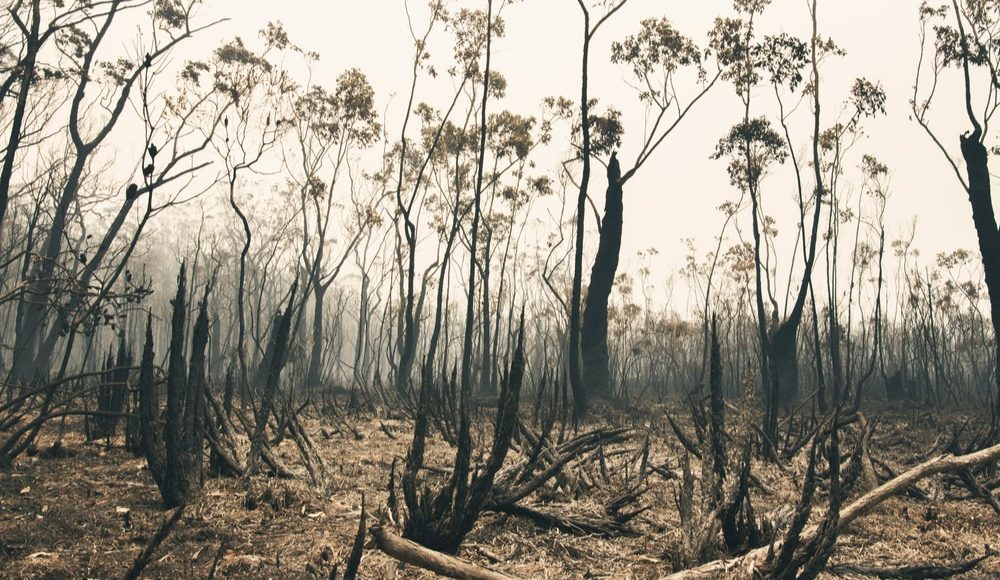
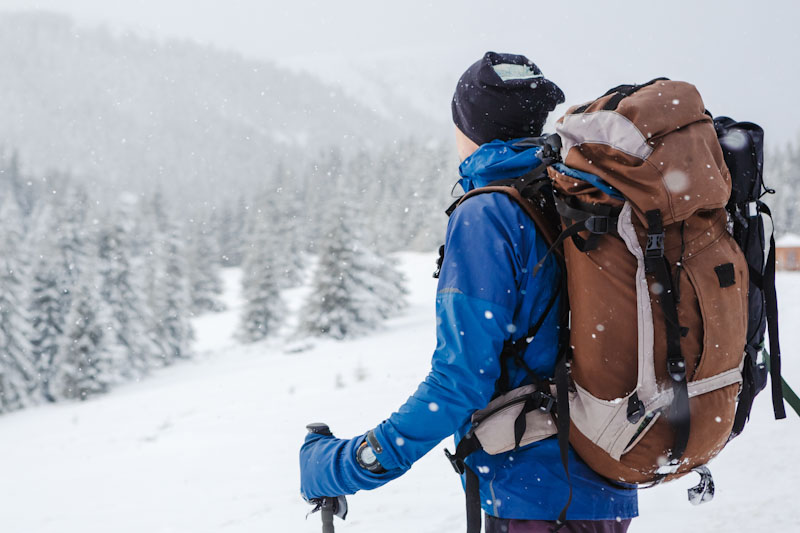
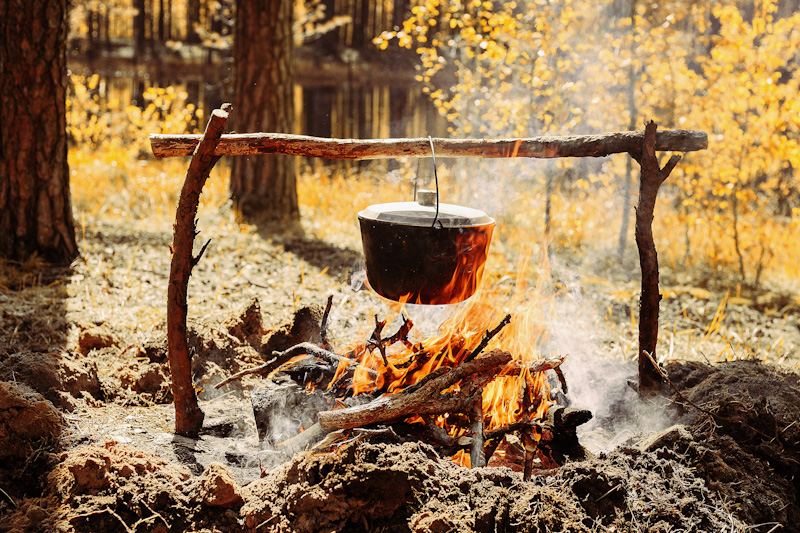
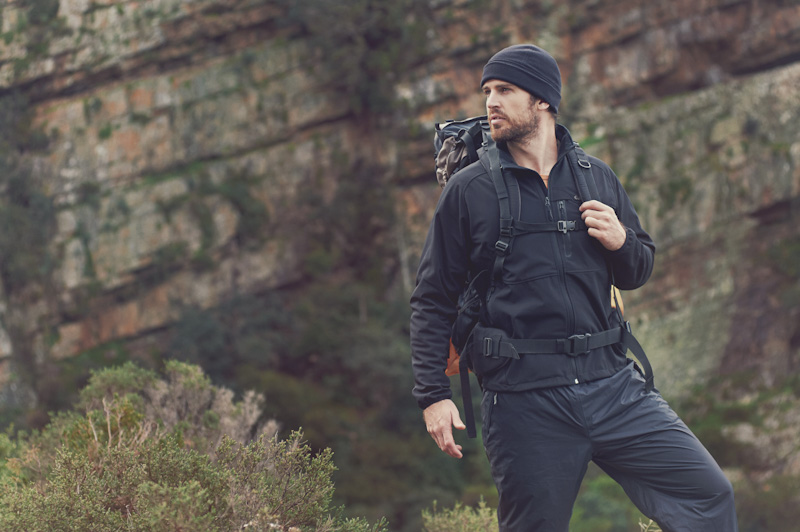
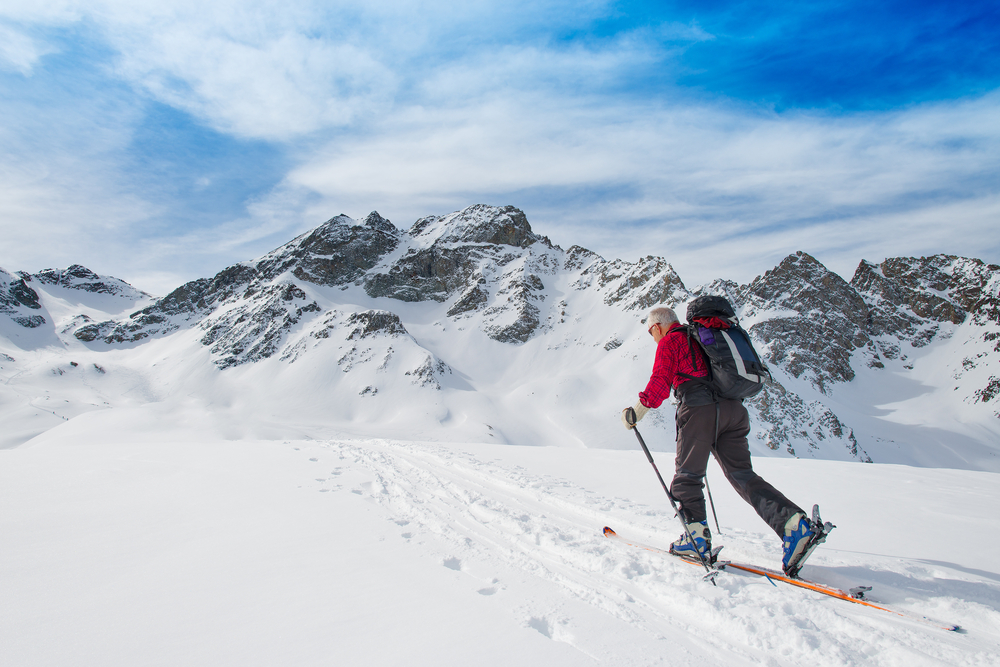


red | September 24, 2020
|
Hyperthermia is far more dangerous in the Southwest. I survived a few attacks, once in the Army, the other working in the fields as a picker.. A damp rag around the back of the neck is a major help. Cool water held in the mouth before swallowing is as well. Wide brim hat, Cover most skin and keep it damp. Shade, when possible. Mind, you may have to share. Rattlers and so on will get out of the way if you’re respectful. niio
Bill In Idaho | September 25, 2020
|
RED – You are quite correct. HypERthermia is also slower to detect (or recognize). The damp rag you mentioned should be soaked (wet). Draping the wet cloth over your scalp under your hat can be more effective. Also, around your lower back (over the kidneys) is very effective. In our area we have Sidewinders – and they are generally not too aggressive – just don’t step on one. I agree with your other suggestions.